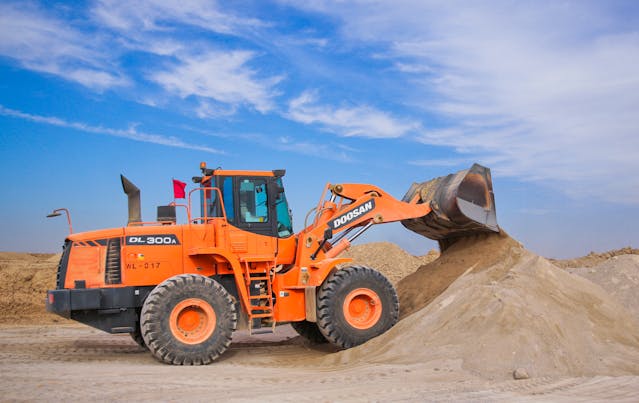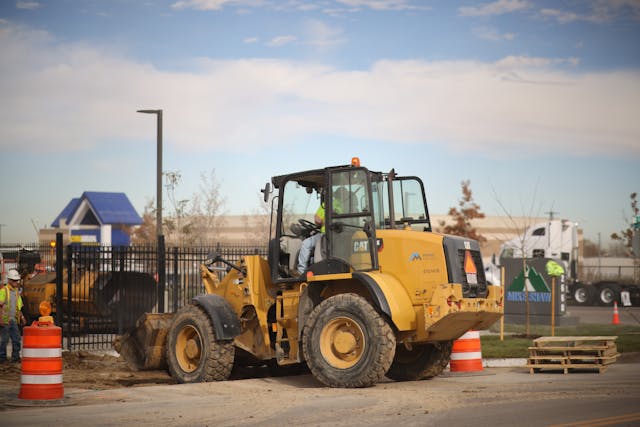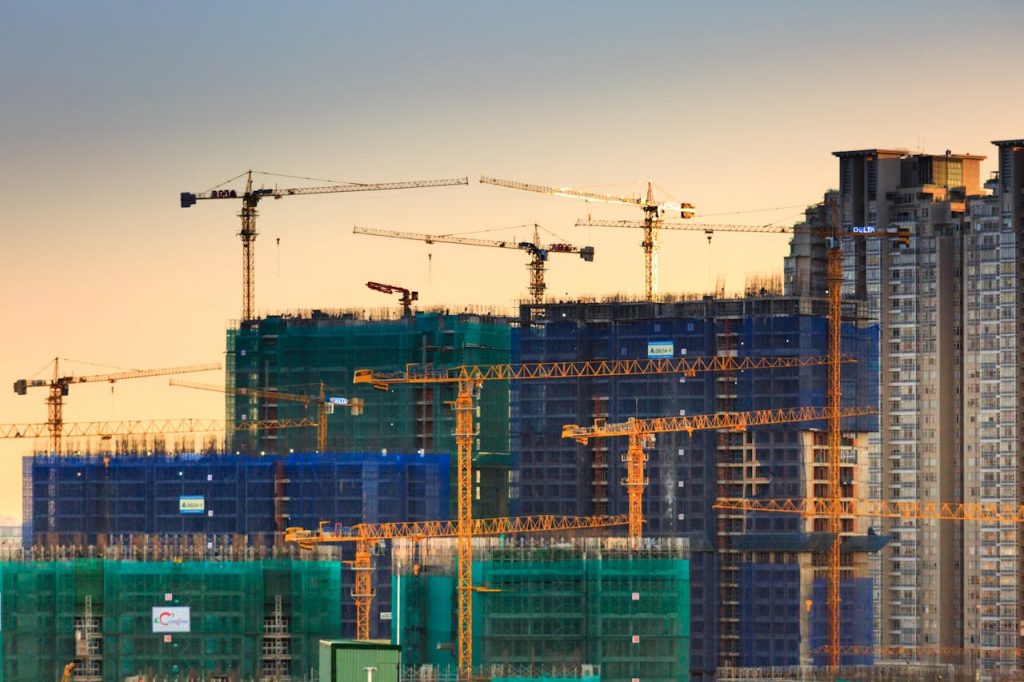- Focusing on ease of use, durability, performance, and safety is vital in selecting construction equipment.
- Testing various models for performance and safety can prevent expensive errors and ensure project efficiency.
- Investing in regular maintenance and training is crucial for extending equipment lifespan and operational safety.
- Prioritizing these factors contributes to enhanced project outcomes and reinforces a culture of professionalism.
When starting a new construction firm, one of the most crucial decisions you will make is selecting the right equipment for your projects. The equipment you choose can have a significant impact on the success of your projects and, ultimately, the success of your business. With so many options available on the market, it can be overwhelming to know where to start. This blog will discuss tips to help new construction firms select the right equipment for their projects.
Assess Your Needs
Before you start shopping for equipment, take some time to assess your project needs. Consider the size and scope of your projects and any specific requirements or constraints that may impact the type of equipment you need. By understanding your needs upfront, you can narrow your options and focus on equipment that best suits your projects.
For example, you might need a high-quality self-erecting tower crane if you are working on a large-scale project. This type of crane can save time and money by quickly setting up and taking down, making it ideal for projects with tight deadlines. It can also reach higher heights compared to other cranes, which may be necessary for projects with tall buildings.
Consider Your Budget
As a new construction firm, it’s essential to carefully consider your budget when selecting equipment. While it may be tempting to invest in top-of-the-line equipment, it’s necessary to balance quality with affordability.
Look for equipment that offers good value for money and will provide you with the performance and reliability you need without breaking the bank. Additionally, consider the long-term costs of maintenance and repairs for each piece of equipment. You don’t want to be caught off guard by unexpected expenses that can impact your budget.
Research Equipment Options

Once you have a clear understanding of your project needs and budget constraints, research different equipment options available on the market. Consider factors such as brand reputation, customer reviews, warranty coverage, and maintenance requirements when evaluating different options.
It’s also a good idea to reach out to other construction firms or industry experts for recommendations. You can also attend trade shows and demo events to see the equipment in action and get a better sense of its capabilities.
Test Equipment Before Purchasing
Before making a final decision on equipment purchases, be sure to test out different models whenever possible. This will give you a firsthand experience of how each piece of equipment performs and whether it meets your expectations. When testing out equipment, here are four things to consider:
Ease of use
Ensure that the equipment is user-friendly and easy for your team to operate. You don’t want to invest in equipment that will require extensive training or cause delays due to complicated instructions.
Durability
Look for durable equipment that can withstand the demands of your construction projects. Consider factors such as materials used, build quality, and maintenance requirements when evaluating durability.
Performance
Equipment performance is crucial for completing projects efficiently and meeting project deadlines. Test out different models to see how they perform and compare them against your project requirements.
Safety
Safety should always be a top priority in the construction industry. When testing equipment, pay attention to safety features and any potential hazards that may arise during operation. You should also check the manufacturer’s safety guidelines and ensure that your team is adequately trained on how to operate the equipment safely.
Testing out equipment can help prevent costly mistakes down the line and ensure that you are investing in high-quality tools that will last long-term.
Invest in Maintenance and Training

Once you have selected and purchased your equipment, investing in ongoing maintenance and training for your team members is crucial. Proper maintenance will help prolong the lifespan of your equipment and ensure that it continues to perform at optimal levels. Training your team members to operate and maintain the equipment safely will also help prevent accidents and downtime on-site.
The correct construction equipment can substantially improve efficiency and safety on projects. You can maximize your investment by prioritizing ease of use, durability, performance, and safety during the selection process and committing to ongoing maintenance and operator training. Ensuring your team is equipped with ideal tools enhances project outcomes and supports a culture of safety and professionalism.








